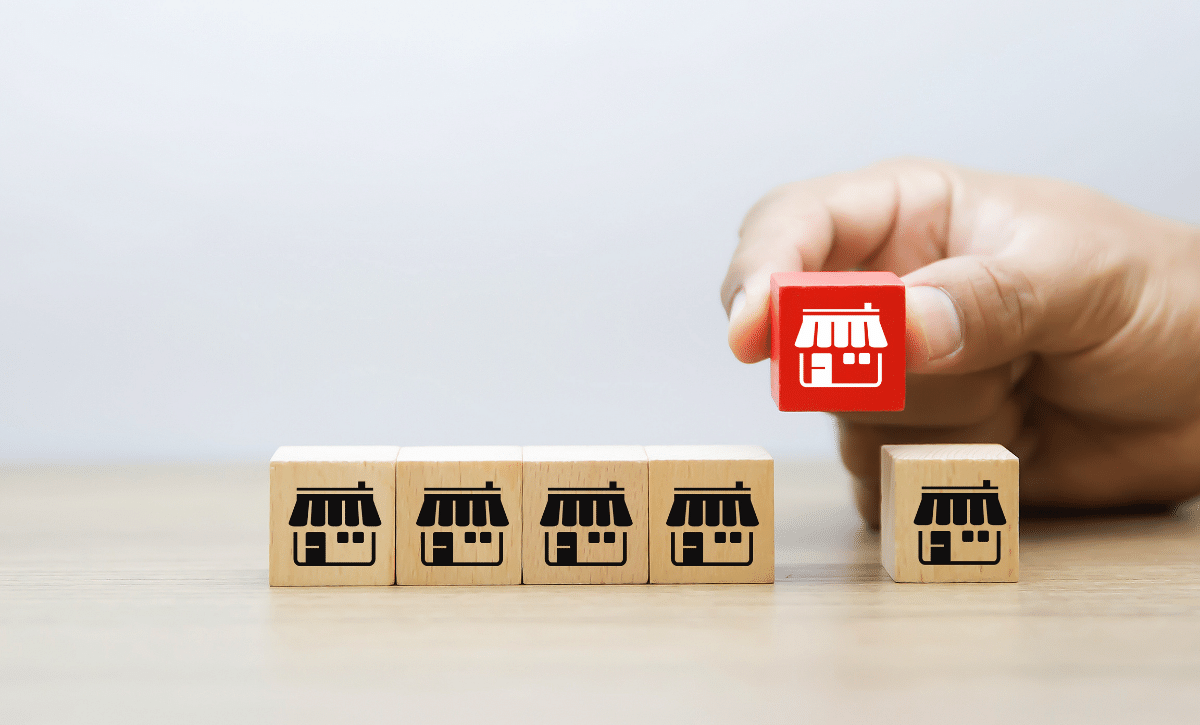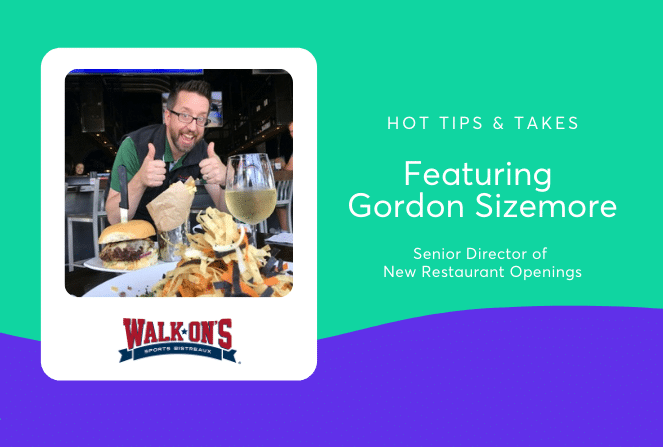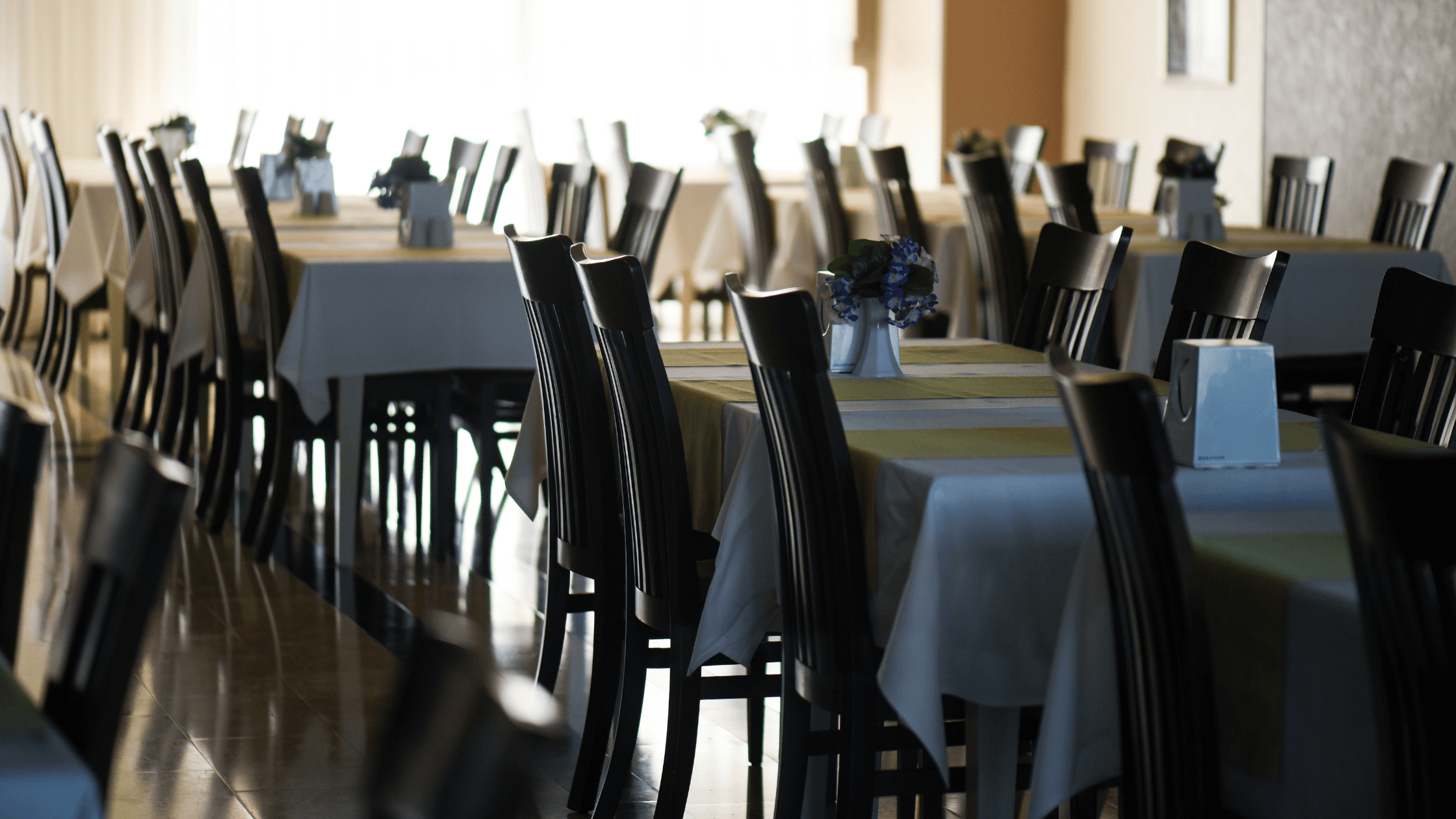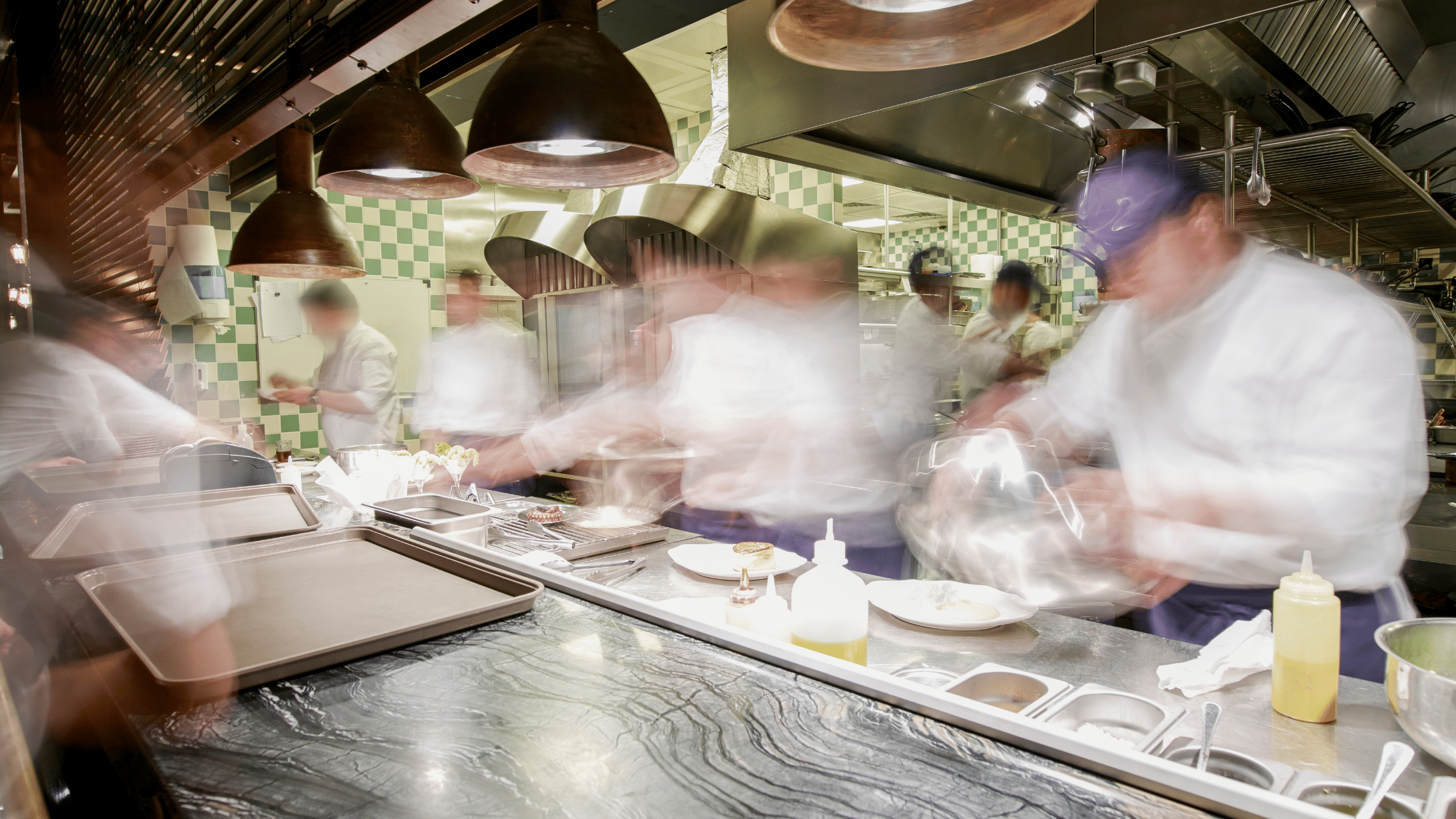In recent years, the concept of refranchising has gained steam. Major brands (think: McDonald’s, Wendy’s, Johnny Rocket’s, have made refranchising an important part of their growth strategy.
Refranchising, when executed strategically, can have significant benefits, but it depends on the circumstances. Timing, financials, overall health of the brand, the economy: all of these things can be reasons to move forward with (or hold off on) refranchising.
Read on for a full definition of refranchising, including how it works and why it can be beneficial for some franchisors.
What is refranchising?
In simple terms, refranchising is the sale or transition of stores from franchisor to franchisees.
(Side note: If you’re here, you probably already understand the basic concept of franchising. But just so we’re all on the same page, here’s franchise ownership in a nutshell:
- A franchisee pays a franchisor a fee, as well as an ongoing percentage of sales, for the right to own and operate a franchise.
- Specifically, the franchisee is paying the franchisor for the right to use the franchisor’s trademark and business systems, and to sell its products and services.
- Typically, a franchisor also provides ongoing resources and support to the franchisee — because when the franchisee succeeds, so does the franchisor.
Often, franchisors will maintain ownership of a portion of the brand’s stores. Take Brinker International. Brinker operates restaurants under the Chili’s Grill & Bar and the Maggiano’s Little Italy brands. Many of the restaurants are owned and run by franchisees. But a large number are not franchised and instead are company-owned. In fact, as of 2019, 60% of Brinker’s 1,676 stores were owned and operated by Brinker.)
When a franchisor decides to refranchise, that means the franchisor is selling off the stores it owns to current or new franchisees. They can also do the opposite, where the franchisor buys back franchised stores and transitions them into corporate-run stores. (Brinker did just that in 2019, purchasing 116 stores from franchisees.)
What are the benefits of refranchising?
Under the right circumstances, refranchising can be a savvy growth strategy. There are a lot of advantages to maintaining a small (or even nonexistent) footprint of corporate-run stores.
- Stronger profit margins: Franchisors receive franchise fees and royalties from franchisees, without typical operational and overhead costs — like inventory and paying workers.
- Less earnings volatility: In a franchise model, the royalties paid to the franchisor are typically a percentage of the franchisee’s sales, not of their profitability. That means even if a franchisee’s operations are not incredibly profitable, or profitability varies, the franchisor can still expect a relatively steady income stream.
- Minimal day-to-day management: Refranchising frees franchisors up from having to deal with day-to-day operations, so they can focus on the big picture — like marketing, advertising, and ensuring the success of the overall brand.
- Light capital requirements: Capital expenditures are often passed down to franchisees, decreasing a franchisor’s debt.
- Real estate cash flow: Many franchisors own real estate and lease it to franchisees.
Stronger performance: Generally speaking, franchised restaurants perform better than corporate-owned restaurants. There could be a myriad of reasons for this (which we won’t delve into in this blog post!).
What are the downsides to refranchising?
So, if refranchising is so great, why would any company choose not to do it? There are definite pros and cons. Most of the disadvantages to refranchising are about control (or lack thereof).
When a company decides to adopt a franchise model, they’re giving up control over a lot of areas, including:
- Day-to-day operations: While franchisors may have systems, processes and templates in place, franchisees typically have a good deal of autonomy. They’re making decisions about inventory, staffing, training, repairs, payroll, etc. That can be beneficial for the franchisor (see above), but it can also create the opportunity for mismanagement.
- Customer experience: When a franchisor chooses to refranchise some or all of their stores, they have less oversight when it comes to the customer experience and become more removed from the market they’re serving.
- Brand management: Similarly, franchisors can also lose touch with the execution of their brand when they refranchise their stores, as they become more focused on the “big picture.”
- Cash flows: Here again, refranchising can be a double-edged sword. When a company maintains ownership of its stores, they have control over all the cash flows (not just fees, royalties and real estate revenues generated).
Some restaurant industry professionals and advisors believe that maintaining corporate ownership of at least some stores helps with franchisee relationships, as it shows the franchisor essentially has some “skin in the game.”
What are the keys to refranchising successfully?
Like any corporate strategy, refranchising can go great, or it can go…well, south. The decision to refranchise should never be a rash decision or an attempt to off-load underperforming stores. Instead, refranchising should happen as part of an organized, well-thought-out program that benefits the entire franchise.
Successful refranchising programs focus on:
- Finding the right franchisee(s): This depends on a lot of factors. How many stores are being refranchised? How big is the geographic footprint? Is this a turnaround situation? In some situations, a “green” franchisee could be a great fit; in other situations, you might require a multi-unit franchisee with extensive operating experience, or someone with access to a significant amount of capital.
- Avoiding overpricing: Some refranchising experts say overpricing is a problem. The focus shouldn’t be on getting the best purchase price; instead, it should be on ensuring the right franchisee is on board.
- Minimizing disruptions: During the handoff process, it’s typically wise to minimize disruptions and maintain status quo — at least in the beginning — in terms of staffing, training, and other operational procedures and processes.
Refranchising can be a very positive move for both franchisors and franchisees. But it isn’t right for every company, even when it is the best move, it comes with pros and cons. Companies that are considering a refranchising program should do it for the right reasons, weigh their options carefully — and when in doubt, consider pulling in a consultant or advisor who can help make the right call.


![[INTERVIEW] Is Your Restaurant Short Staffed? New Guidance Could Help Bring Employees Back](https://kickfin.com/wp-content/uploads/2021/04/KF-Blog-Post-Images-Apr-2021-2.png)







